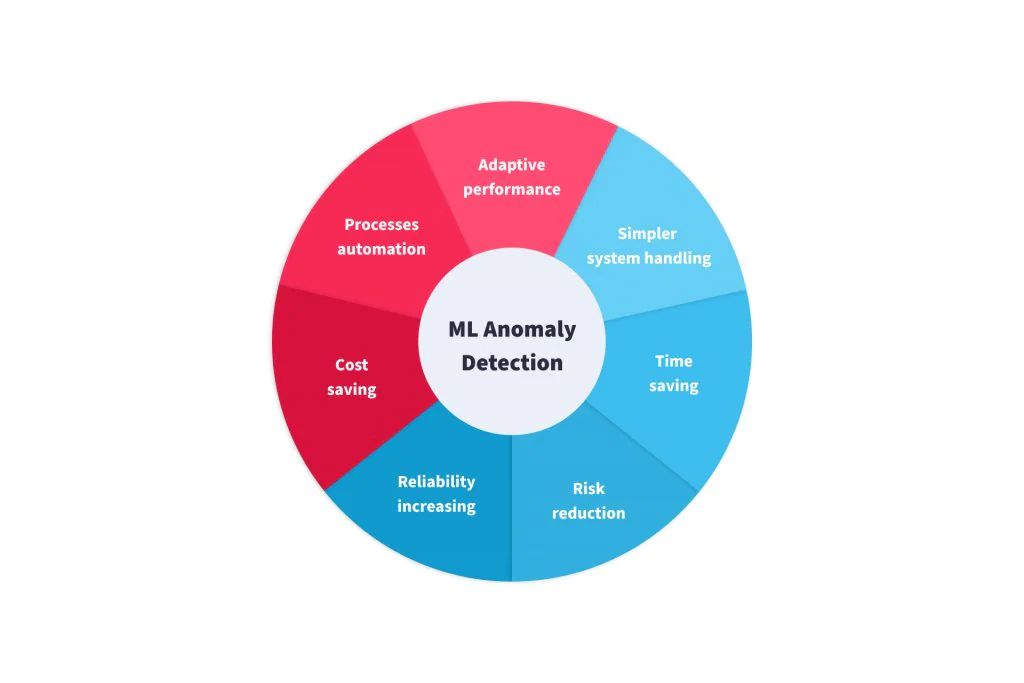
Photo by Pixabay on <a href="https://www.pexels.com/photo/black-android-smartphone-on-top-of-white-book-39584/" rel="nofollow">Pexels.com</a>
In today’s digital world, cybersecurity is more important than ever. As businesses and individuals rely on technology to store sensitive information and conduct day-to-day operations, the risk of cyber attacks continues to grow. However, with the rise of artificial intelligence (AI) and machine learning, there are now powerful tools available to detect and prevent cyber attacks.
Predictive Models

One of the most powerful ways that machine learning is being used in cybersecurity is through the creation of predictive models. These models are trained on large datasets of historical cyber attacks and can then be used to predict the likelihood of a similar attack occurring in the future.
For example:
- In the financial industry, predictive models can be used to identify potential fraudsters by analyzing past transaction data and detecting patterns of behavior that are indicative of fraudulent activity.
- In healthcare, predictive models can be used to identify potential cyber threats by analyzing data on past security incidents and identifying patterns that indicate vulnerabilities in the system.
Benefits:
- Identifying potential threats before they happen: Predictive models can help organizations take proactive steps to protect their systems and data by identifying potential threats before they occur.
- Proactive steps to protect systems and data: By using predictive models to identify potential threats, organizations can take steps to improve their security posture and prevent cyber attacks.
Anomaly Detection Systems

Another key application of machine learning in cybersecurity is the development of anomaly detection systems. These systems are designed to analyze network traffic and identify patterns that are outside the norm.
For example:
- Anomaly detection systems can be used to detect unusual patterns of user activity, such as unusual login times or locations, which may indicate a compromised account.
- Anomaly detection systems can also be used to detect unusual patterns of network traffic, such as unusually large data transfers or frequent connections to suspicious IP addresses, which may indicate a cyber attack in progress.
Benefits:
- Flagging anomalies for quick investigation and response: Anomaly detection systems can flag potential threats for investigation and response by security teams, helping to prevent cyber attacks from succeeding.
- Effective identification of potential threats: By analyzing network traffic and identifying patterns that are outside the norm, anomaly detection systems can identify potential threats that may have otherwise gone unnoticed.
Intrusion Detection Systems (IDS)

Machine learning is also being used to improve the effectiveness of intrusion detection systems (IDS). These systems are designed to detect and respond to malicious activity on a network.
For example:
- IDS systems can be trained using machine learning algorithms to detect new and emerging cyber threats, such as zero-day attacks or ransomware, which may not be caught by traditional signature-based detection methods.
- IDS systems can also be used to automatically respond to potential threats, such as blocking suspicious traffic or isolating compromised systems to prevent further damage.
Benefits:
- More accurate identification of potential threats: By leveraging machine learning algorithms, IDS systems can more accurately identify potential threats, reducing the number of false positives and increasing their overall effectiveness.
- Reduction of false positives: False positives can waste valuable time and resources, but machine learning can help to reduce these false alarms by improving the accuracy of threat detection.
- Increased overall effectiveness: By improving the accuracy of threat detection and reducing the number of false positives, machine learning can increase the overall effectiveness of IDS systems.
Incident Response

In addition to detection, machine learning is also being used to improve the speed and accuracy of incident response.
For example:
- Machine learning algorithms can be used to automatically categorize and prioritize incoming alerts, allowing security teams to focus on the most critical threats first.
- Machine learning can also be used to automate certain aspects of the incident response process, such as quarantining infected systems, removing malware, or blocking malicious traffic.
Benefits:
- Faster response times: By automating certain aspects of incident response, machine learning can help organizations respond to cyber attacks more quickly and effectively, reducing the potential damage caused by an attack.
- More efficient use of resources: By categorizing and prioritizing incoming alerts, machine learning can help security teams focus on the most critical threats first, ensuring that their resources are being used effectively.
- Improved accuracy: By using machine learning to automate certain aspects of incident response, organizations can reduce the potential for human error, improving the accuracy of their response.
Real-World Examples
There are several real-world examples of how AI and machine learning are being used in cybersecurity today:
- Darktrace: This cybersecurity company uses machine learning algorithms to analyze network traffic and identify potential threats in real-time. By detecting unusual patterns of behavior, Darktrace can flag potential threats for investigation and response by security teams.
- Amazon: Amazon’s AWS provides several machine learning-based security services, including Amazon GuardDuty, which uses machine learning to analyze AWS logs and detect potential threats. GuardDuty can also automatically respond to potential threats, such as blocking suspicious traffic or isolating compromised systems.
- IBM Watson for Cybersecurity: IBM’s Watson for Cybersecurity is a machine learning-powered platform that analyzes security data from across an organization’s network to identify potential threats. By leveraging natural language processing and other advanced AI techniques, Watson for Cybersecurity can provide insights and recommendations to help security teams respond to cyber threats more effectively.
Conclusion
AI and machine learning are powerful tools that can be used to improve the effectiveness of cybersecurity. By leveraging predictive models, anomaly detection systems, intrusion detection systems, and incident response automation, organizations can identify and respond to cyber threats more quickly and effectively, reducing the potential damage caused by an attack. As cyber threats continue to evolve and become more sophisticated, the importance of AI and machine learning in cybersecurity will only continue to grow.



